Fitbit Sense vs. Samsung Galaxy Watch 3: Which should you buy?
Get a Sense of which smartwatch will look and perform the best on your wrist.
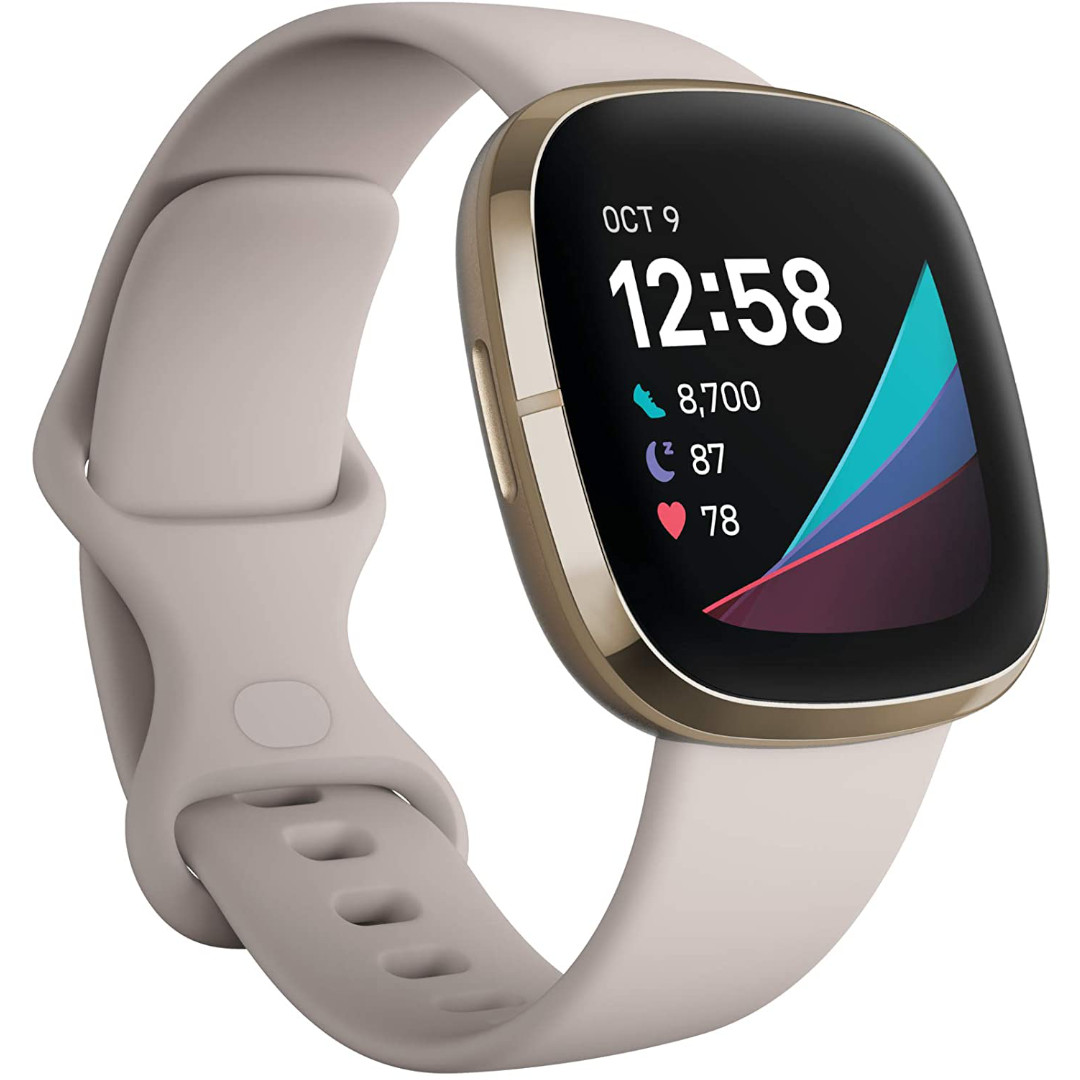
Make sense of your health
When you're looking for a smartwatch that will help you stay on top of your health, you can't do much better than the Fitbit Sense. You'll have advanced heart rate technology, a handful of important sensors, stellar battery life, and a free Fitbit Premium trial.
For
- Onboard GPS
- ECG, EDA, skin temperature sensors
- Active Zone Minutes feature
- Advanced heart rate technology
- 6-day battery life
Against
- LTE connectivity is not an option
- Previous Fitbit bands aren't usable
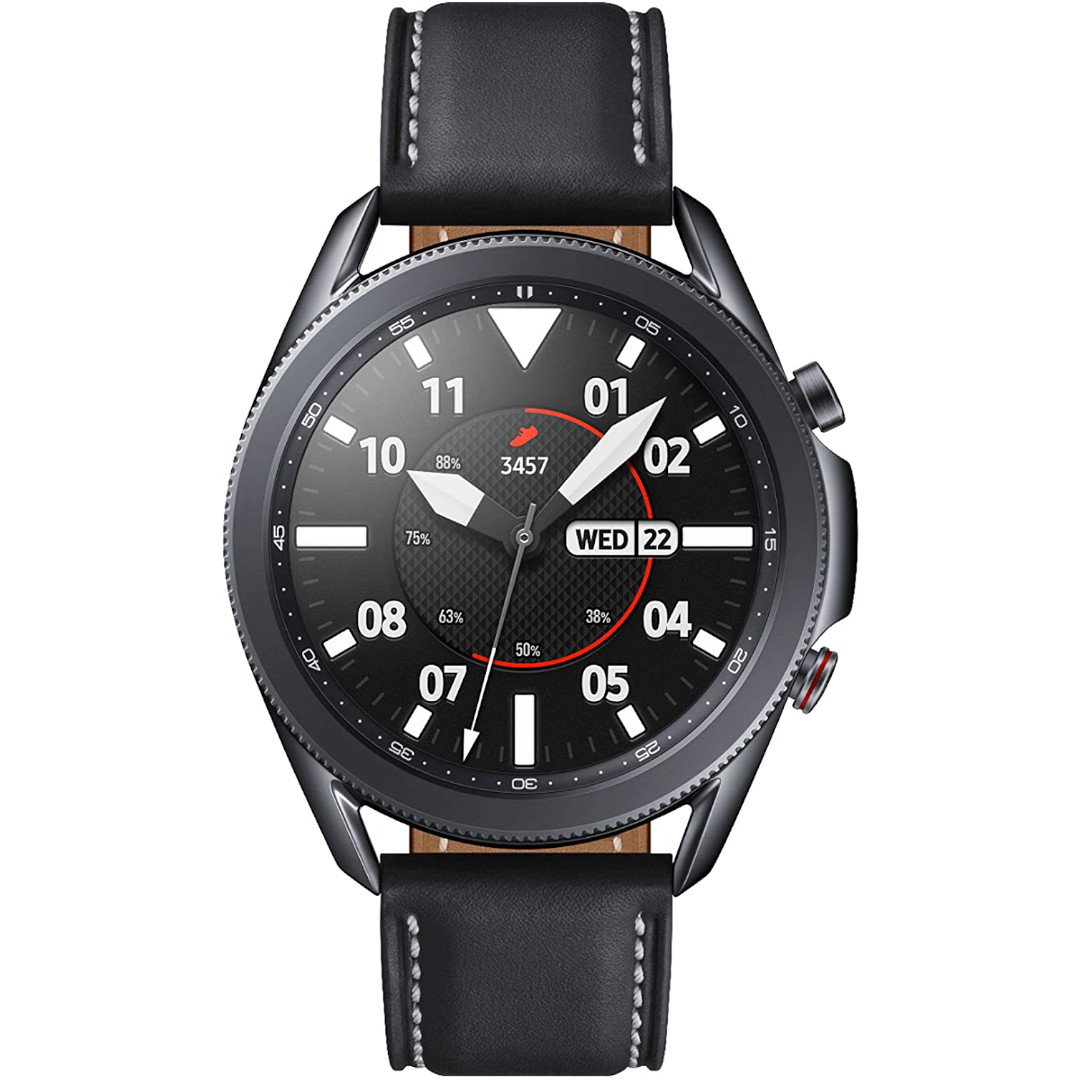
Stay connected at all times
The Samsung Galaxy Watch 3 is a nice improvement from its predecessor. Users will have onboard GPS, optional LTE connectivity, seamless smartphone notifications, mobile payments, and some new health/fitness features to keep you connected on every level.
For
- Onboard GPS
- Optional LTE connectivity
- Military-grade durability
- Two size options
- New health/fitness features
Against
- More expensive
- Battery life could be better
Fitbit Sense vs. Samsung Galaxy Watch 3: Common interests with different approaches
It's not always a walk in the park to choose between two industry leaders such as the Fitbit Sense and the Samsung Galaxy Watch 3. After all, the competition for the title of best Android smartwatch is especially fierce these days. No matter what type of look or features you're searching for, it's more than likely that one of these wearables will fulfill your wish list.
These two devices definitely have some common interests, but they take different approaches in some important areas. If detailed tracking for health and fitness is your main priority, the Fitbit Sense will probably be more appealing to you. On the other hand, if you're looking for a watch with LTE connectivity that can help you stay in touch at all times, the Samsung Galaxy Watch 3 might be more up your alley.
You won't find a more advanced health smartwatch than the Fitbit Sense
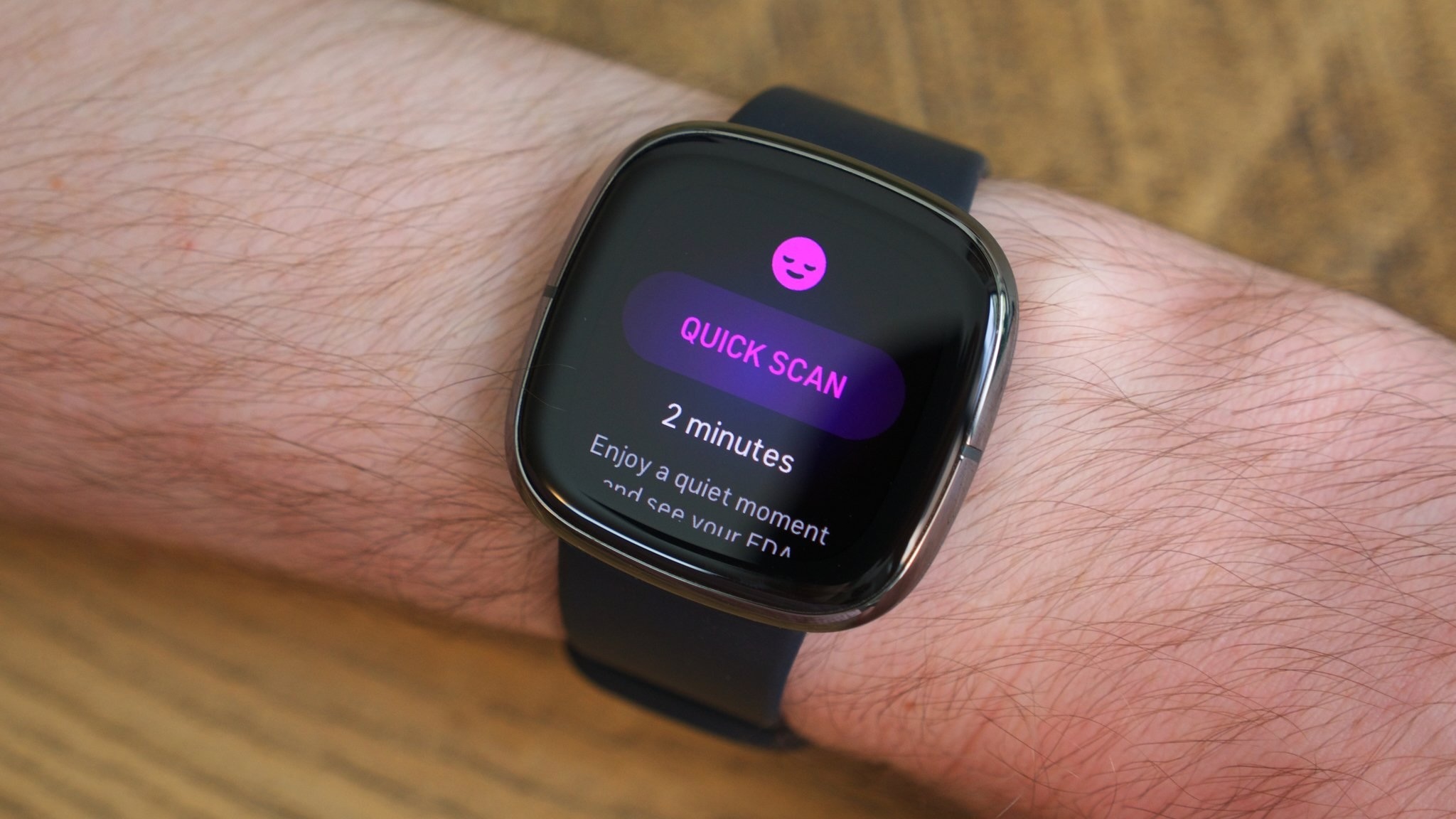
The Fitbit Sense might look familiar, and that's because it is almost a mirror image of the Versa watches. You'll have the Fitbit signature squircle design plus some important upgrades that enhance the look and feel of this device. For one, the case on this smartwatch is made of aerospace-grade aluminum and stainless steel. The design is also different from The Versa models because it has a biosensor core that gives off that polished, high-tech appearance. There is only one size and case option for the Fitbit Sense.
While the Fitbit Sense has a familiar look and feel, this model uses the company's new infinity band system. This means it'll be easy for you to find a replacement Fitbit Sense bands when the time comes. Fitbit states that the improved design will provide users with superior comfort and flexibility. It has a quick-release attachment system that is much easier to use this time around. However, it's worth mentioning that any previous Versa bands you might own won't work with this new band system.
| Header Cell - Column 0 | Fitbit Sense | Samsung Galaxy Watch 3 (41mm) |
|---|---|---|
| Display | 1.58" AMOLED | 1.2-inch AMOLED |
| Dimensions | 40 x 40 x 12mm | 41 x 42.5 x 11.3mm |
| Sensors | ECG, EDA, skin temperature, optical heart rate sensor, SpO2, gyroscope, 3-axis accelerometer, altimeter, ambient light sensor | HRM, ECG, SpO2, accelerometer, gyroscope, barometer, ambient light sensor |
| Connectivity | Bluetooth, Wi-Fi b/g/n | Optional LTE, Bluetooth 5.0, Wi-Fi b/g/n |
| Water-resistance | 5ATM | 5ATM |
| Battery life | 6+ days | 2-3 days |
| Optional LTE | ❌ | ✔️ |
| Onboard GPS | ✔️ | ✔️ |
| ECG | ✔️ | ✔️ |
| EDA | ✔️ | ❌ |
| Skin temperature | ✔️ | ❌ |
| NFC payments | ✔️ | ✔️ |
| Amazon Alexa & Google Assistant | ✔️ | ❌ |
| Mic/speaker | ✔️ | ✔️ |
The Fitbit Sense has a lot of sensors, which will be a major selling point for health fanatics. For example, the skin temperature sensor can detect changes that may indicate illness, a fever, or a new menstrual phase. It also has an electrocardiogram (ECG) sensor, which will analyze your heart rhythm and detect signs of atrial fibrillation (AFib). You'll need to hold your fingers on the corners of the watch, stay still for 30 seconds, and you'll receive a reading. The result can be easily downloaded and shared with your physician.
Another brand-new addition is the electrodermal activity (EDA) sensor designed to measure your electrodermal activity responses. All you have to do is place your palm over the face of the watch, and it'll detect small electrical changes in your skin's sweat level. This feature can help you better understand how your body reacts to stress.
The new Active Zone Minutes feature on the Fitbit Sense helps you reach your personalized target heart rate zones.
Fitbit has rolled out the advanced PurePulse 2.0 technology designed to provide improved heart-rate monitoring on the Fitbit Sense. The new Active Zone Minutes feature on the Fitbit Sense helps you reach your personalized target heart rate zones. You'll also earn — you guessed it — Active Zone Minutes for time spent in the fat burn, cardio, or peak heart-rate zones. The Fitbit Sense personalizes your heart-rate zones based on your age and overall fitness level.
All of the usual Fitbit features are still available, including 24/7 heart-rate monitoring, more than 20 goal-based exercise modes, over six days of battery life, 5 ATM water resistance, activity/sleep tracking, female health-tracking, Fitbit Pay, and Amazon-Alexa. Plus, Google Assistant is now available as well thanks to a recent update. You get a built-in microphone and speaker on this watch, which means you can hear voice assistant responses and make Bluetooth calls. With so many perks, it's easy to see how the Sense is one of the best Fitbit wearables out there.
The Samsung Galaxy Watch 3: Best at keeping you connected
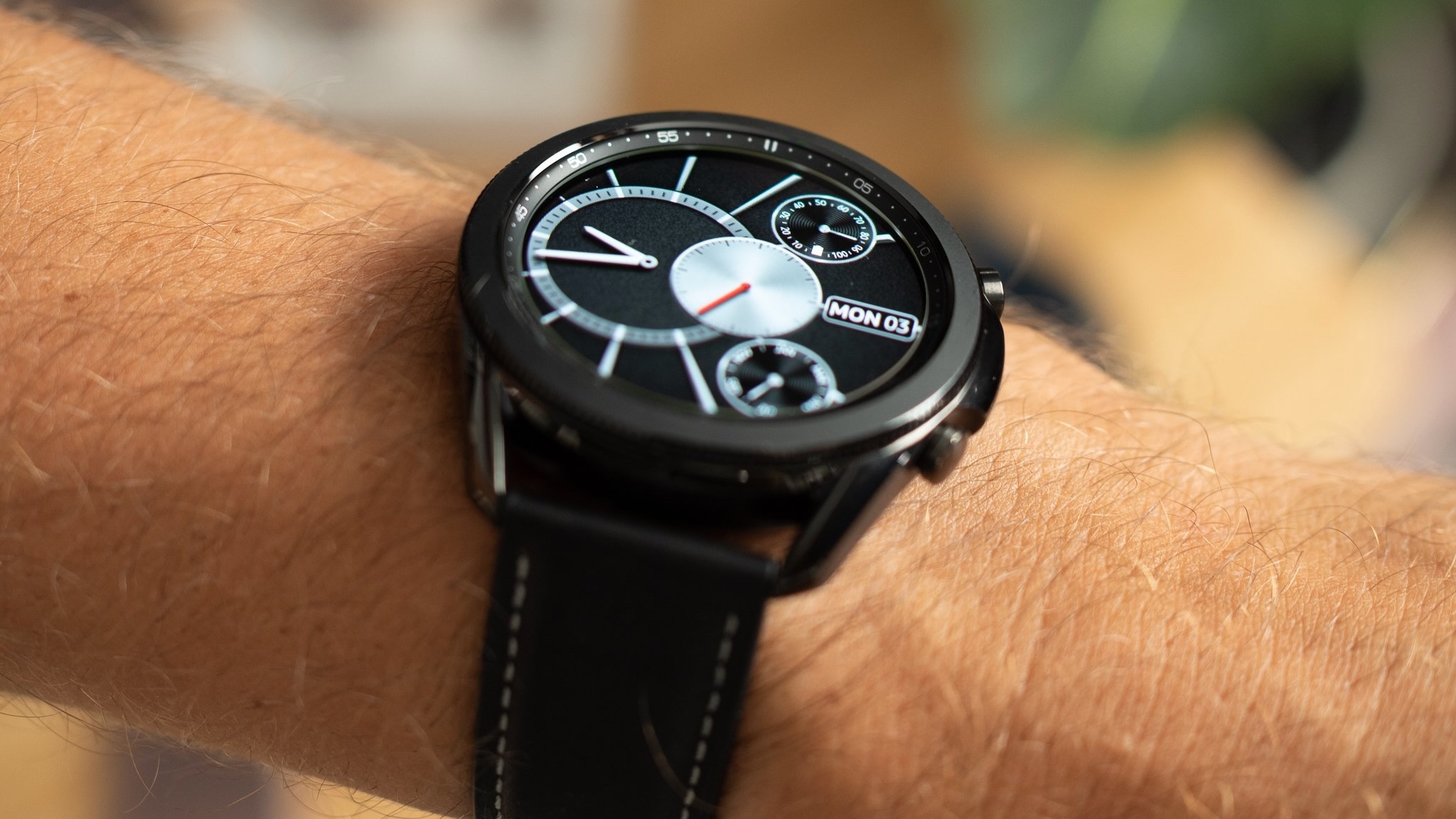
The first thing that will catch your eye about the Galaxy Watch 3 is the stunning design, similar to the original model with some new touches. It comes in two size options: 41 and 45mm, both of which are compatible with interchangeable straps so that you'll always have options when choosing new Galaxy Watch 3 bands. The case is slightly slimmer than before, which is a much-needed change.
The more expensive 45mm variant comes in stainless steel or titanium, while the 41mm is only available in stainless steel. There are also three different colors to pick from, including Mystic Black, Mystic Silver, and Mystic Bronze. The battery only lasts about 2 to 3 days, which could be better. Fortunately, Samsung rolled out an update not too long ago that's supposed to help with this.
As you might recall, the original Galaxy Watch wasn't exactly geared toward those looking for a solid fitness wearable. It was more of a fashionable timepiece with some useful smartwatch features to round things out. However, Samsung has made a good effort to stay relevant in the fitness world with this upgrade. It's by no means a full-blow fitness smartwatch, but it has its moments.
Some new features on the Samsung Galaxy Watch 3 include VO2 max, SpO2 monitoring, Running Analysis, and improved sleep tracking.
Some new features on the Samsung Galaxy Watch 3 include Running Analysis, VO2 max, SpO2 monitoring, and improved sleep tracking. It's also equipped with an electrocardiogram (ECG) feature, which can detect an irregular heartbeat that may indicate a more serious health condition. You'll also enjoy new built-in run coaching and recovery tools. Users will have access to a library of home workout videos on the Samsung Health app as well. You can cast to your television and follow along while viewing your stats in real-time.
A feature that's becoming more and more prevalent on smartwatches — fall detection — is also available on the Samsung Galaxy Watch 3. Whenever you're engaged in dynamic motion, the device can detect a potential fall. As long there's a network connection, the Galaxy Watch 3 will be able to notify your chosen emergency contact of the incident and share your precise location.
Fitbit Sense vs. Samsung Galaxy Watch 3: Which should you buy?
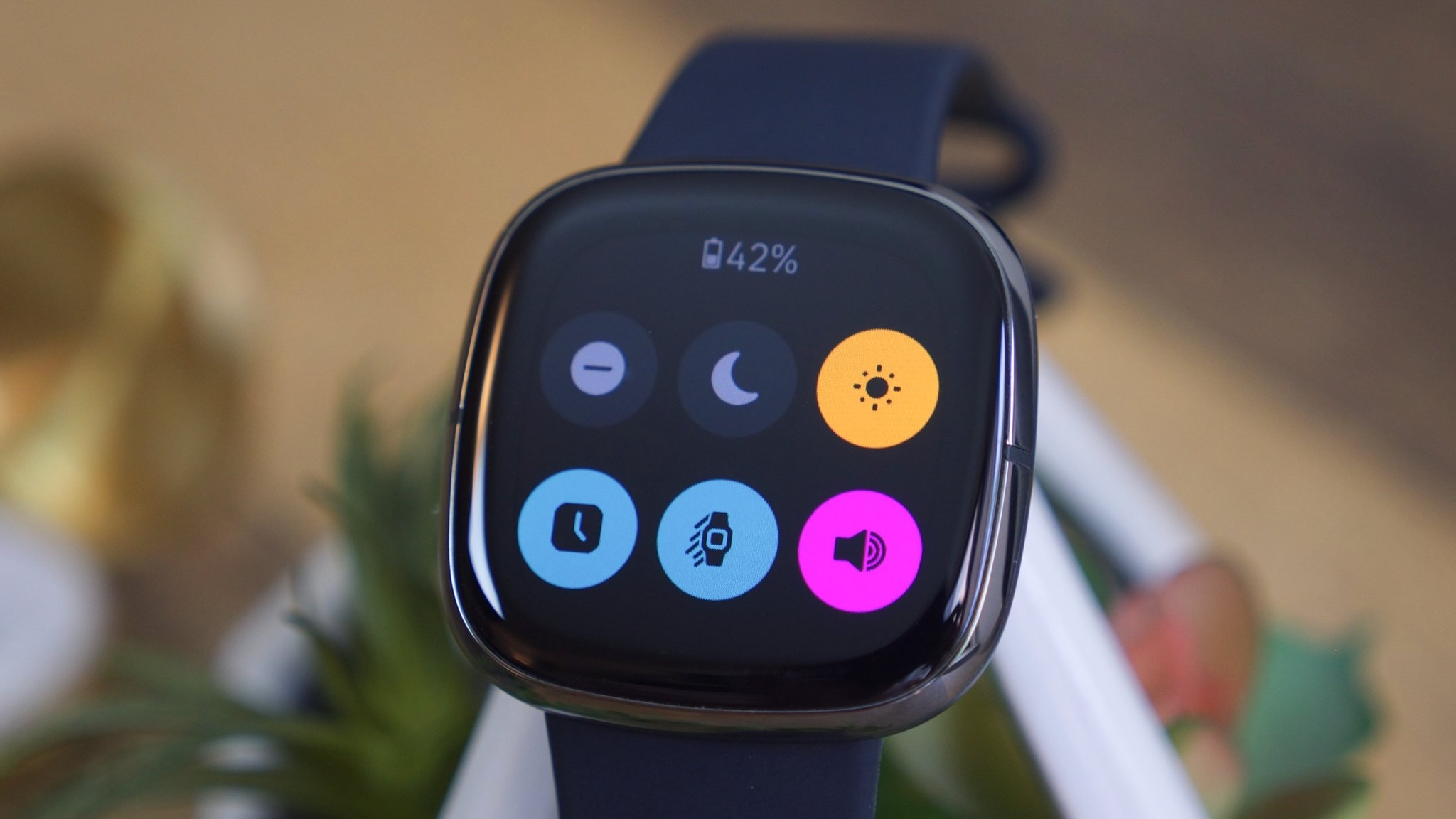
While these two wearables may not offer identical experiences, there are some similarities. Both of them provide onboard GPS, heart-rate monitoring, activity/sleep tracking, smartphone notifications, and mobile payments. If you're on a mission to take your health and fitness tracking to the next level, you'll likely benefit from the Fitbit Sense. It has more health sensors and will provide you with more insightful data for a closer look at your overall health.
If the extra sensors aren't all that important and you're more interested in finding a Samsung smartwatch that provides a fully connected experience, you'll be better off with the Galaxy Watch 3. One of the main differences is the optional LTE connectivity, which allows you to leave your phone behind and remain connected. You'll also be able to choose the case size and material that you prefer. It's slightly more expensive (especially with LTE included), but users who value this type of experience might not mind spending more on it.
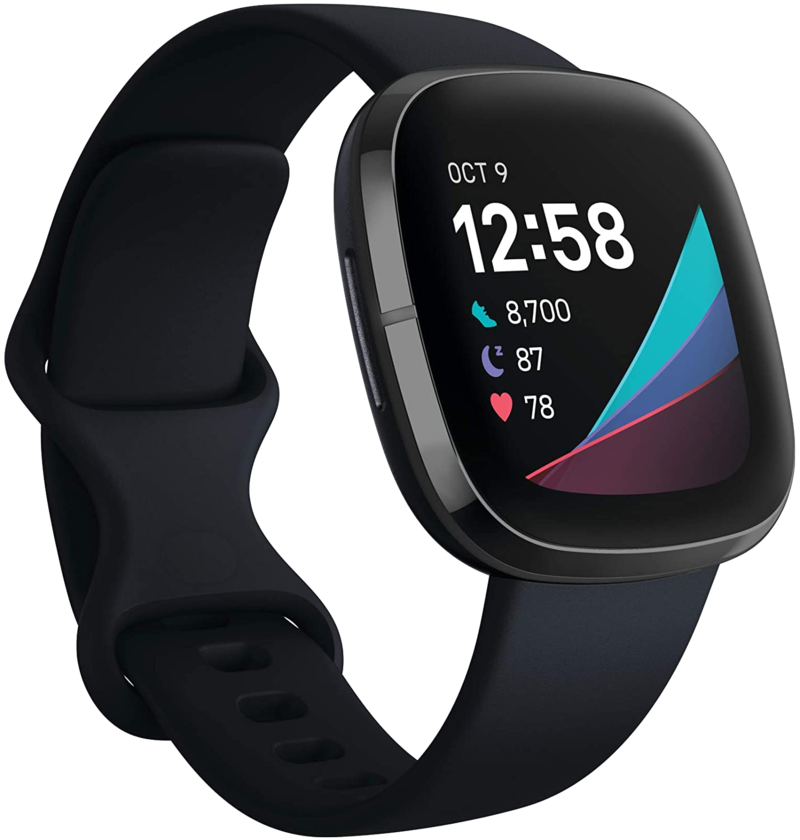
Fitbit's most advanced smartwatch yet
There's no denying that the Fitbit Sense is one of the best smartwatches from the company to date. You get plenty of perks, including onboard GPS, new health sensors, advanced heart rate technology, a free Fitbit Premium trial, and so much more.

Always in touch
It's not hard to see why users are raving about the new Samsung Galaxy Watch 3. It has taken a big leap since the previous model. In addition to being a connected smartwatch, you'll enjoy new health/fitness perks that make it a worthwhile investment.
Be an expert in 5 minutes
Get the latest news from Android Central, your trusted companion in the world of Android
Courtney Lynch is a freelance writer at Android Central. She's obsessed with all things health, fitness, and music. At any given time, she can be found checking out the latest and greatest gadgets while simultaneously petting her dog and sipping iced coffee.
